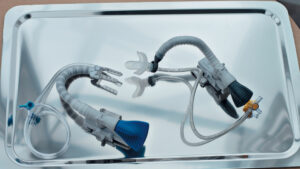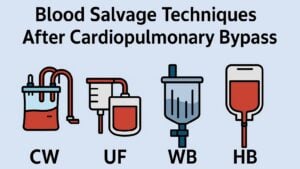Early cardiac surgery in neonates and infants with congenital heart disease has been performed since the middle to late years of the twentieth century. To date, there are very few reports of successful congenital heart surgery using cardiopulmonary bypass (CPB) in premature babies less than 1000 g with serious congenital heart disease. Limited information is available in the literature describing perfusion techniques for this extremely fragile patient population. Miniaturization of the CPB circuit contributes to multiple factors that affect this population significantly. These factors include the reduction of patient-to-circuit ratios, volume of distribution of pharmacological agents, management of pressure gradients within the CPB system, and increased tactile control by the attending perfusionist. Careful management of the physiological environment of the patient is of utmost importance and can mitigate risks during CPB, including volume shifts into the interstitial space, electrolyte, and acid-base imbalance, and intracranial hemorrhage. We report perfusion techniques successfully utilized during the surgical repair of transposition of the great arteries for an 800 g, 28-week-old neonate. CPB techniques for the smallest and youngest patients may be executed safely when proper physical, chemical, and perfusion process adjustments are made and managed meticulously.
Keywords: Arterial Switch Operation; Cardiopulmonary Bypass; Low birth weight; Prematurity.







